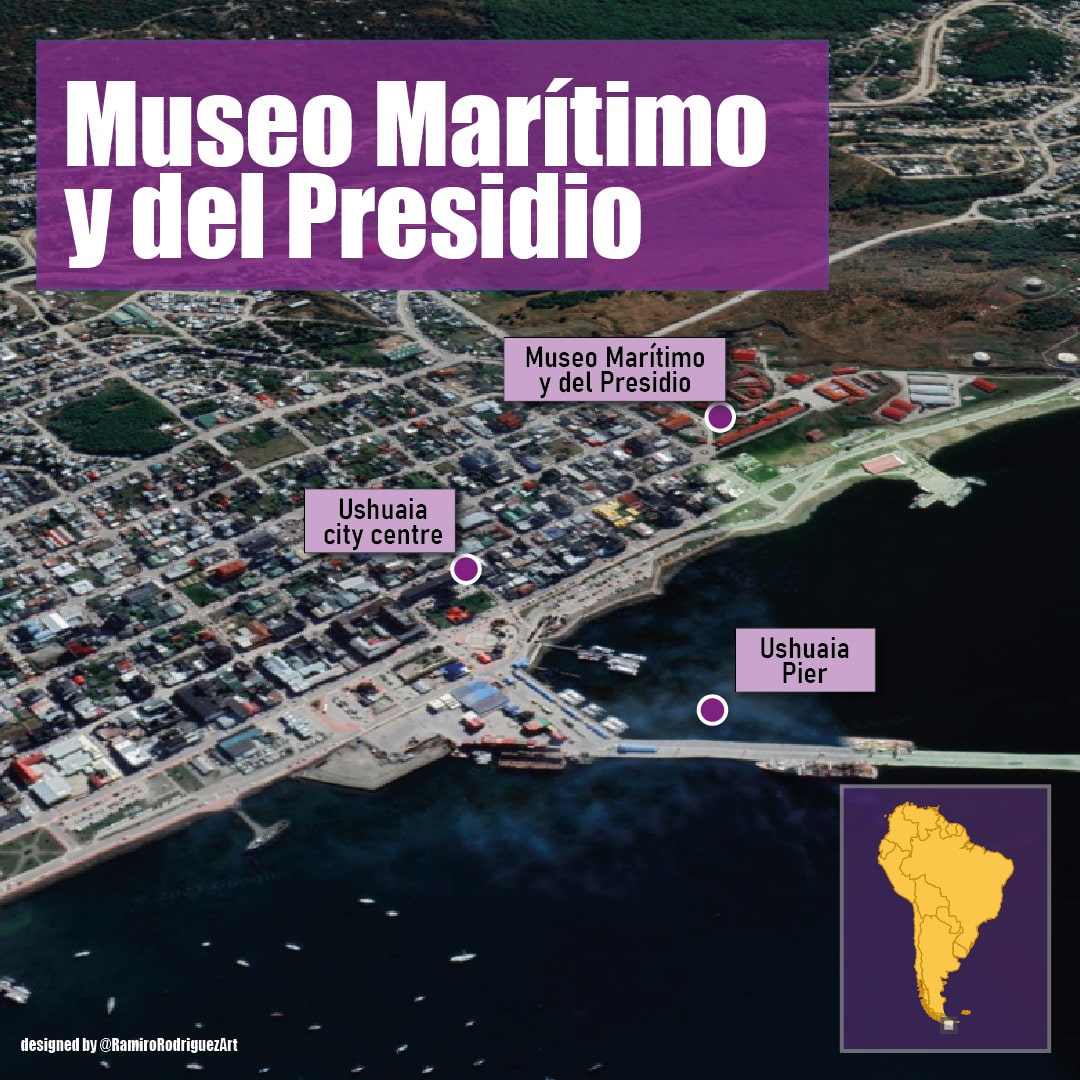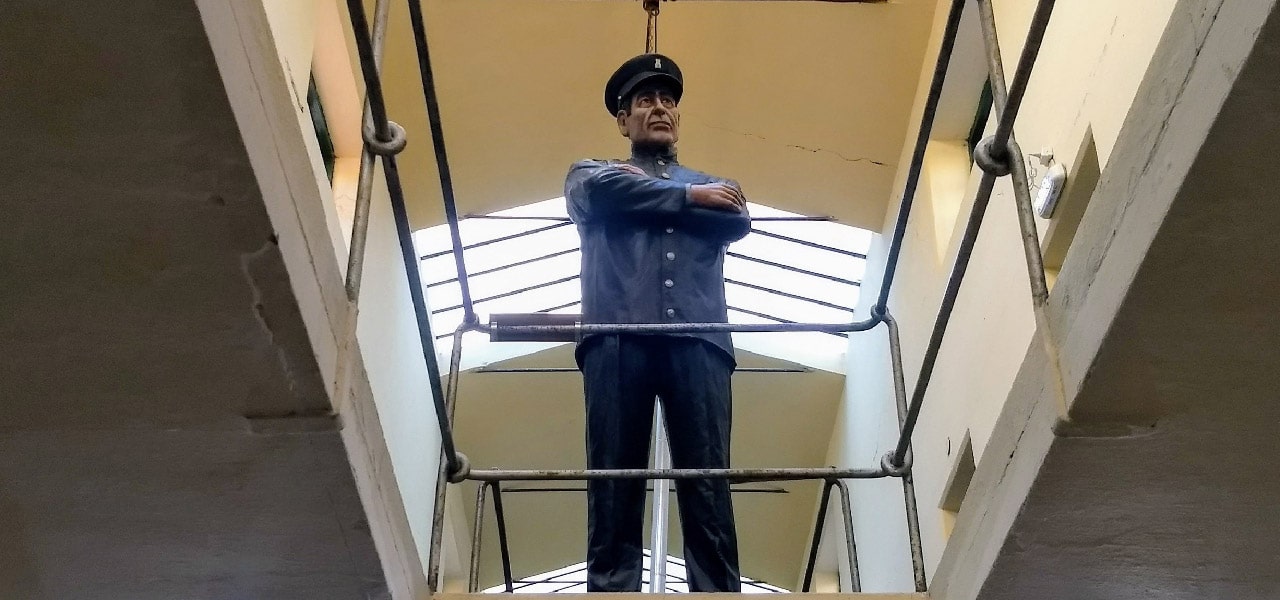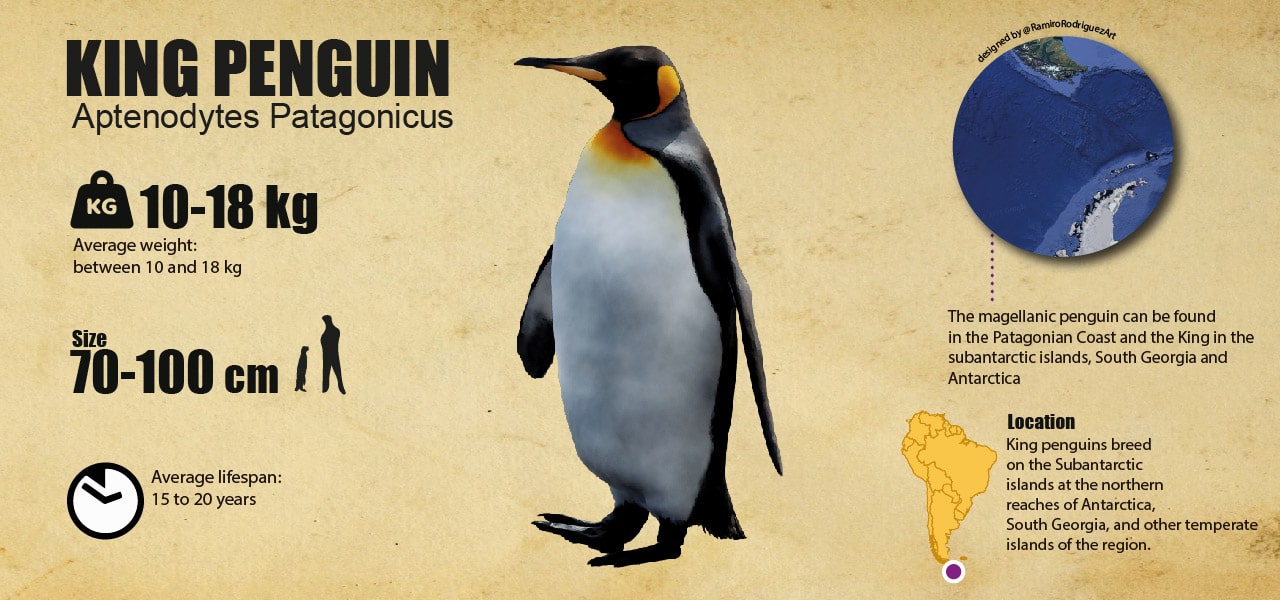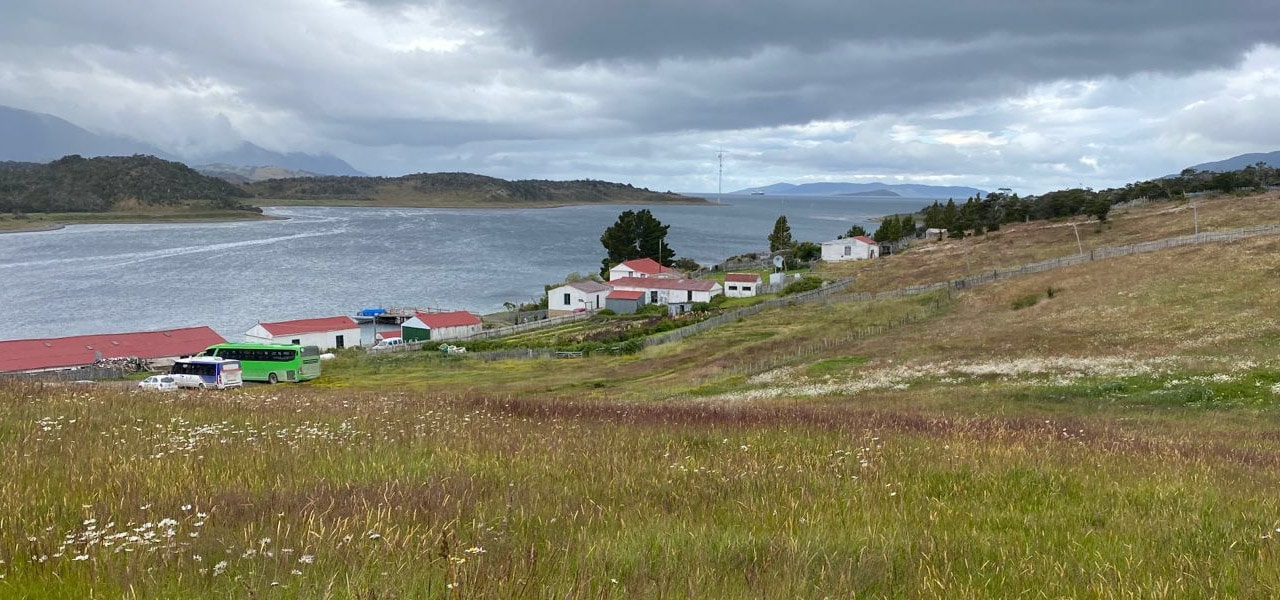Jail Museum in Ushuaia
If you´re interested in the history and the origins of the Ushuaia city, it´s very important to visit the Museo del Presidio, or Jail Museum. Walk through the narrow corridors, to peek into the cells to imagine what life in prison would have been like. Amaze yourself with paintings and furniture made by the prisoners, the molds for the manufacture of the prison tiles, letters that they wrote to their relatives, original shackles that they used when going to work.
Going through the doors of the historic Pavilion, which is preserved as is, is to take a step back in time. The most dangerous convicts in the country lost their names because of a number. Some achieved great notoriety such as the multiple murderer Mateo Banks whom they called “the mystic” or Cayetano Santos Godino, sadly known as “the short-eared little one” and the anarchist Simón Radowitsky.
Inside doors, severe discipline was imposed. The well-behaved ones did work outside the building such as logging in the forests they reached on the train from the city center. Through the workshops, the prisoners covered all the needs of the fledgling city. They built streets, bridges, and public buildings, and the first printing press, the telephone, and electricity, among other essential services, worked in the prison.
Jail Museum in Ushuaia: a bit of history
The origins of the Ushuaia Presidio was laid on September 15, 1902, with the construction of the “National Presidio” began by the same convicts and ended in 1920. In 1904 Catello Muratgia as director of the Presidio and Prison for Recidivists, submits a report of his administration during 1903 to the Minister of Justice and Public Instruction, Doctor Don Juan R. Fernández.
In 1911 the President of the Nation signed the decree that merged the Military Prison with the Ushuaia Reoffender Prison. The original idea was to build a “Penal Colony” for 580 inmates in Lapataia. For this, 2,500 hectares of land were reserved next to the border with Chile. In 1920 the jail had 5 pavilions of 76 outer cells each. The 386 cells were single-person, but the jail housed more than 600 convicts.
Between Pavilion 1 or “Historic” and Pavilion 2 the kitchen was built and between 1 and 5 the bakery. At the front of the bay the administration rose. The workshops were placed in separate buildings. It was not until 1943 that a modern hospital was inaugurated, which later became the Naval Base hospital and for a long time the only hospital in the area. The central “hall” or “Multiple Rotunda” was used as a conference room, cinema and auditorium.
As time went on in this jail, criminals who committed serious crimes were sent, many of them sentenced to life or long-term sentences. The regime applied was based on paid work, primary school education, and severe discipline.
The prison had 30 work sectors, some of them were outside of it. The workshops installed attended the needs of the prison and provided services to the entire city of Ushuaia. These were the first printing press, telephone, electricity, fire brigade, etc.
Outside the jail, the convicts were used for jobs such as the construction of streets, bridges, buildings, as well as the exploitation of forests. In this way, with the convicts, the southernmost train in the world was enabled in 1910. This came to have an extension of 25 km and ran alongside Maipú street passing through the Monte Susana camp and dividing into two branches towards what is now the National Park. The jail also had several boats, the best known being “La Godoy”. In March 1947, with the National Territory already being a Maritime Government, with a decree from the President of the Nation, Juan Domingo Perón ordered the closure of the prison and passed into the hands of the Ministry of the Navy, creating the Ushuaia Naval Base.
The facilities were transferred to the Ministry of the Navy and the Naval Base was installed in them in 1950. The building was used for different purposes until 1978 where the Central Hall was the Base’s Powder magazine. It was the lodging of conscripts, personnel of the speedboats, a food depot, armourers, etc. Then it fell into disuse. The building was declared a National Historic Monument by law of the National Congress in April 1997 and is being recovered for its visit by the Civil Association Maritime Museum of Ushuaia.

Jail Museum: location in Ushuaia
The Maritime and Presidio Museum of Ushuaia (Ushuaia, Tierra del Fuego) is located in the building of the Ex Presidio de Ushuaia (or Re-offender Prison of Tierra del Fuego), where the most dangerous criminals were held for their recidivism, charging a sad fame. The building is located in the heart of the city, steps from the main street.
Visit the Jail Museum in Ushuaia!
Book a wonderful city tour in Ushuaia with the Museo del Presidio (Jail Museum). Click on the image below!
Tours in Patagonia including Ushuaia
A good idea is to combine the best destinations in Patagonia, in a organized land program that includes El Calafate and Perito Moreno, Ushuaia, then the Australis Cruise, to finalize in Punta Arenas and visit the Torres del Paine National Park, another highlight in the Patagonia region. One of my favorites is Incredible Patagonia with Australis Cruise, longer, with 19 nights but absolutely awesome:

More tours to enjoy Ushuaia, Patagonia and Argentina
Of course, we have more tours, more than 150 in total, and many going to southern Patagonia and the Cape Horn of course. Check our complete list of tours to visit Argentina!

For more information, just contact us at info@ripioturismo.com
Thank you!













